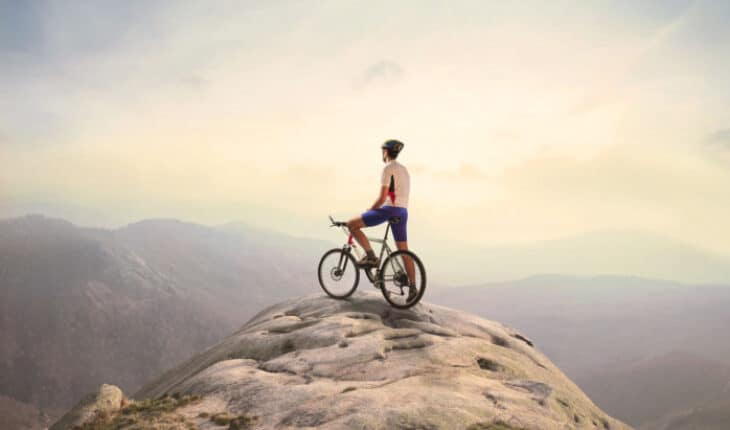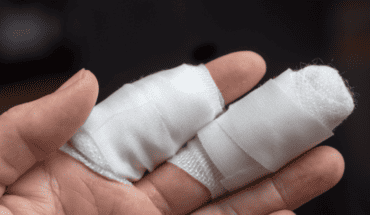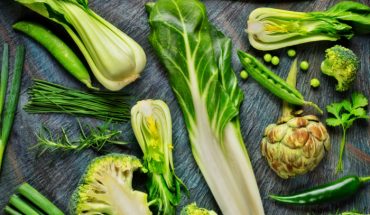Pedal power pays off: mountain biking benefits outweigh risks. New Curtin research into injuries sustained by trail users has found mountain biking is not the dangerous, injury-plagued sport reserved for thrill-seekers that it is often perceived to be and that the health benefits outweigh the risks.
Researchers analysed data from dozens of studies across the world, including Australia, encompassing 220,935 injured mountain bikers and 17,757 injured hikers. The study aimed to pinpoint the injury types and affected body areas in order to gain insights into the medical treatment of such cases.
Lead author PhD candidate Paul Braybrook, from Curtin’s School of Nursing, said mountain bikers were primarily injured on their upper limbs, mostly resulting in bruises, scratches and mild cuts while hikers were prone to injuring their legs and ankles, suffering mostly blisters and ankle sprains.
“Mountain biking and hiking are some of the fastest growing recreation activities in the world, so understanding the spectrum of injuries becomes paramount for effective medical care,” Mr Braybrook said.
“Despite a common perception of mountain biking as an ‘extreme’ sport, we found most reported injuries were of low severity. Although there were high proportions of ankle sprains in hikers and arm fractures in mountain bikers, with one study of the latter reporting more than half suffered head injuries, highlighting the importance of a good quality helmet.
“As the popularity of both pursuits has increased, so too has the standard of trails, bikes, footwear and protective gear, reducing the risk of serious injury.
“In the case of mountain biking there has also been a cultural shift from the more extreme or ‘radical’ style of riding synonymous with the sport when it first evolved decades ago in places like Colorado and California.”
Mr Braybrook said the risk of injury from mountain biking or hiking was outweighed by the considerable benefits.
“Mountain biking and hiking bring economic gains through tourism and the obvious health benefits of physical activity including improvements in cardiovascular health and reducing the risk of high blood pressure, obesity, high blood cholesterol, and type 2 diabetes,” Mr Braybrook said.
“With Spring weather upon us, people should take the opportunity to regularly head out to their nearest trail for a ride or hike – these are fun activities, great for fitness and with only the occasional scratch or bruise likely to result.”
Published in PLOS ONE, the research is titled ‘Types and anatomical locations of injuries
- Gut microbiome could delay onset of type 1 diabetes - 3rd April 2025
- The da Vinci 5 Robot Is Set To Transform Bariatric Care: - 31st March 2025
- Beyond money: the hidden drivers fuelling child food insecurity - 31st March 2025






